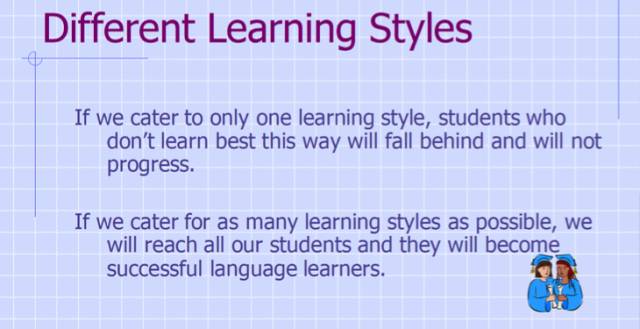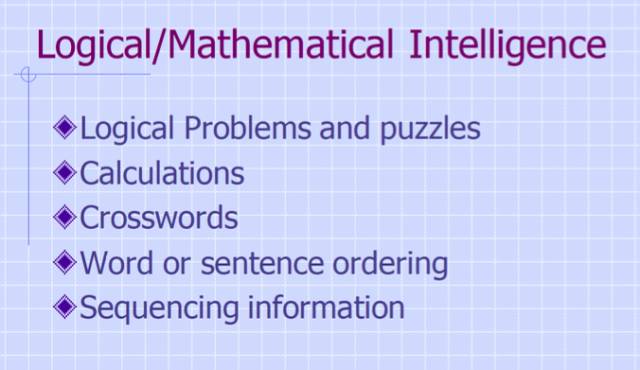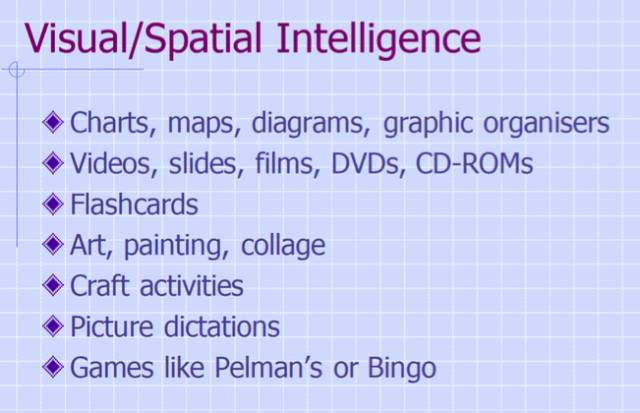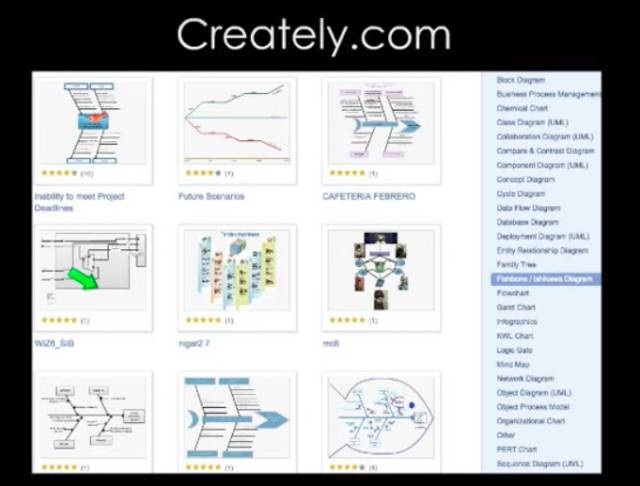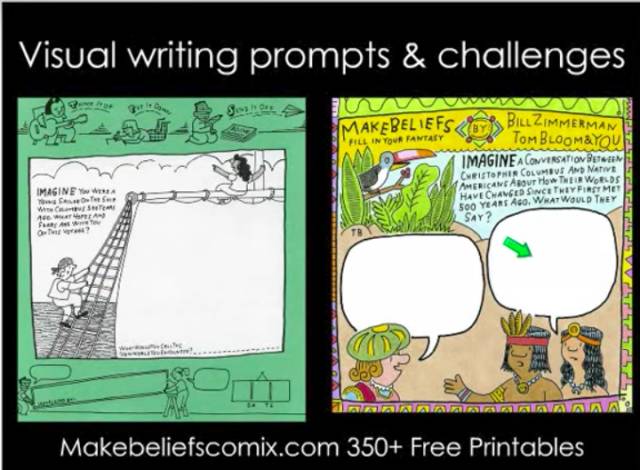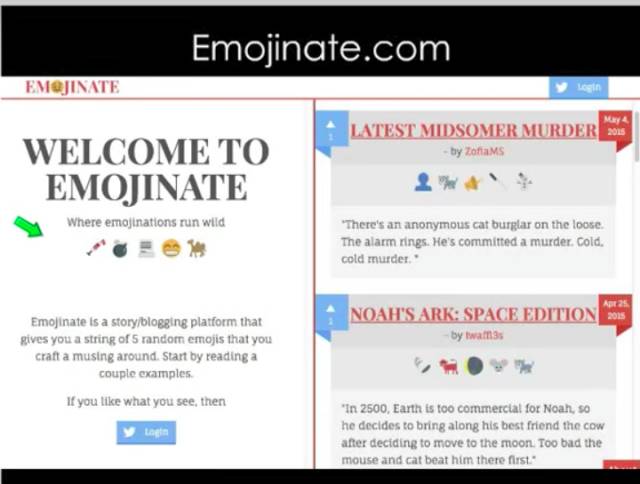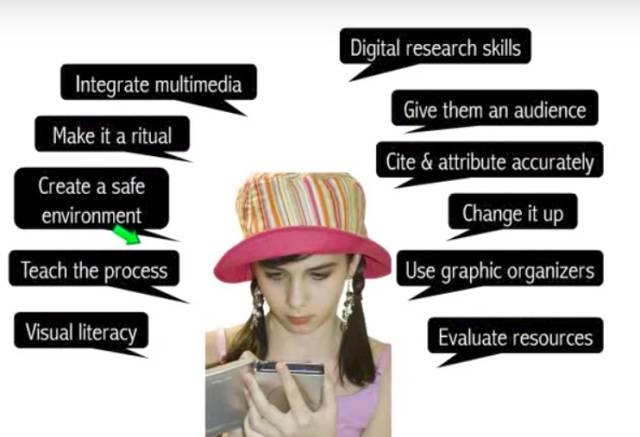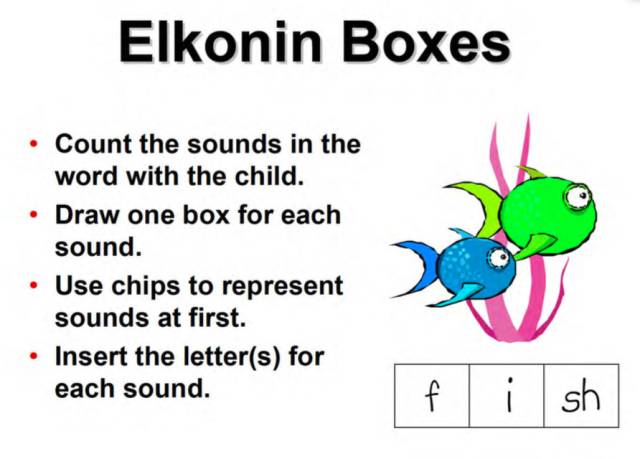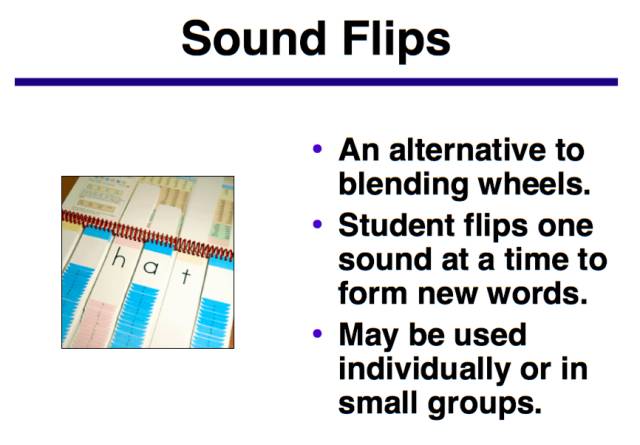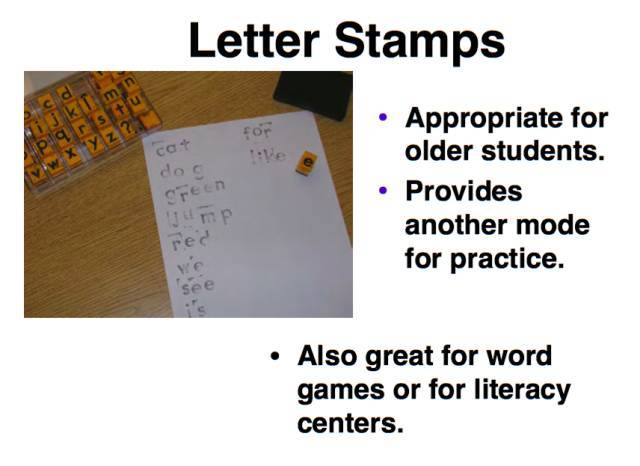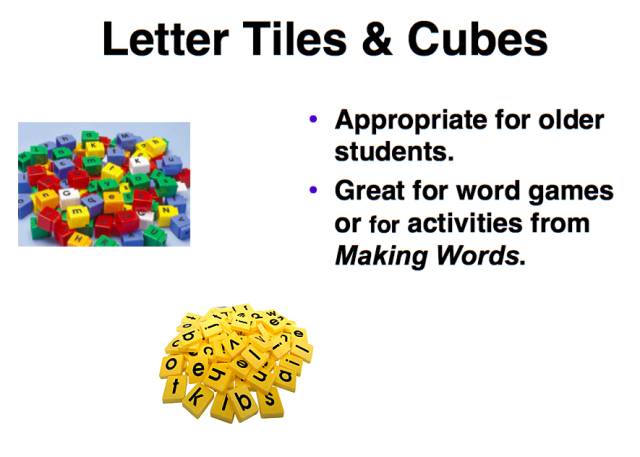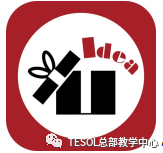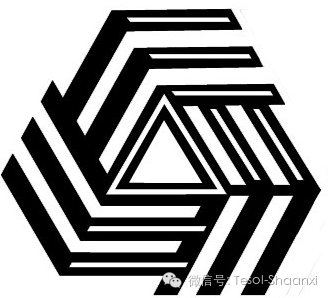【学员分享】脑洞英语Lilian老师:我的TESOL学习笔记(下) |
您所在的位置:网站首页 › television跟读 › 【学员分享】脑洞英语Lilian老师:我的TESOL学习笔记(下) |
【学员分享】脑洞英语Lilian老师:我的TESOL学习笔记(下)
|
我的TESOL笔记(四)
Choral Chanting What is choral chanting / repetition?Choral repetition is a commonly used method of drilling. Students simply have to repeat words or phrases after you. Why is it useful?This is a good method because it means that students are given excellent model pronunciation immediately before they are asked to respond. How to make it more interesting?Going through vocabulary this way many times in a single lesson will be boring for your students and they will be less inclined to perform well. Break up the monotony by changing the speed or volume you use and have students change their responses accordingly. How to make it more effective?Using this method, students are not called on individually to pronounce words therefore you will need to check individual pronunciation and comprehension separately. Integrating these checks into your drill activities will keep students alert because they will never know when you may call on them. 👆 这一点很重要,很多老师在choral chanting之后,就没有然后了,齐读完学生并没有真正把读的东西入脑,只是象征性的进行了“复述”。如果光是这样,学生的提高会很慢,只能靠十分长期的“潜移默化”才能达到老师想要的所谓“提高语音语调”的效果。而且“跟读”的过程中,大脑处于放松阶段,只需要瞬时记忆复述老师的话语,不需要对所念的material进行积极的处理,所以大脑此时的学习状态会比较被动,很多情况下跟读完就忘了读了什么了。 建议:在跟读前布置任务,或者在跟读后进行个别检查,提问,会大大的提高学生跟读时的大脑活跃度和积极性,保证跟读的高效! 例如这样: (跟读齐读完单词表之后) Teacher:Amy, could you tell me how to pronounce"电视"? Amy:television (跟读齐读完重点句之后) Teacher:Amy, how to express the feeling that you really agree with someone? Amy:I can't agree more! Dolch Word List (Sight Word) The list contains 220 "service words" that have to be easily recognized in order to achieve reading fluency in the English language. These lists of words are still assigned for memorization in American elementary schools. 这个word list包含了两个部分,non-noun & noun;其中的95个名词其实非常有西方国家的特色,请大家看sight word的名词中加粗的词: Dolch list: Nouns (95 words) apple, baby, back, ball, bear, bed, bell, bird, birthday, boat, box, boy,bread,brother, cake, car, cat, chair, chicken, children,Christmas,coat, corn, cow, day, dog, doll, door, duck, egg, eye, farm, farmer, father, feet, fire, fish, floor, flower, game,garden,girl, good-bye, grass, ground, hand, head, hill, home,horse,house, kitty, leg, letter, man, men, milk, money, morning, mother, name, nest, night, paper, party, picture, pig, rabbit, rain, ring,robin,Santa Claus, school, seed, sheep, shoe, sister, snow, song,squirrel, stick, street, sun, table, thing, time, top, toy, tree, watch, water, way, wind, window, wood. 虽然“sight words”是日常常见的词汇,但毕竟这是来自English speaking countries 的sight words,所以对“sight words”最完整的定义应该是:英语母语国家小朋友常见的名词;因为像“Santa Claus, Chrismas"肯定不是中国小朋友最常见的名词;所以老师在教“sight words”的时候,如果能把这些文化点传达到位,就又是一个细节处落实“跨文化交流”意思的设计了! Phonics(拼读法) What is Phonics?Phonics就是通过直接学习26个字母及字母组合在单词中的发音规则,建立字母及字母组合与发音的感知,让学生在轻松愉快的氛围中,了解和学习英语字母组合的奥妙,掌握英语拼读规律,从而达到看到单词就会读,听到单词就会拼的学习目的。(比如“ee”的字母组合常发音成/i:/) 关于Phonics的争议早在19世纪,关于Phonics的讨论就已经在English-speaking countries兴起了;一部分学者很支持这种“拼读法”,觉得这种sub-lexical(次词汇,也就是从字母出发的微观学习词汇的方法)能够让learners很快而有效的发现letter & sound 的correspondence,从而达到“开口”的目的;只有“开口”了,才是真正语言学习的开端! 一部分学者很反对phonics,他们认为这样的教学法,只专注words的pronunciation层面,割离了words与meaning的联系,这种“look-say”的方法不利于learners真的去“理解”;这类学者支持与phonics相对的“whole language”的教学法,顾名思义就是把语言看成一个整体,从宏观的角度学习语句(对初学者也是这样);这种方法就不太注重“word sound”了。 Phonics到底是否有效?经过近百年的研究(甚至惊动了例如美国国家级别的教育机关,专门对phonics的有效性进行全国范围的长时间调查研究),最后研究数据证明——— phonics is a very effective way to teach children to read at the word level,more effective than what is known as the "embedded phonics" approach of whole language (where phonics was taught opportunistically in the context of literature). They found thatphonics instruction must be systematic(following a sequence of increasingly challenging phonics patterns) and explicit (teaching students precisely how the patterns worked, e.g., "this is b, it stands for the /b/ sound"). 适合什么人群呢? The panel found that phonics instruction is an effective method of teaching reading for studentsfrom kindergarten through 6th grade, and for all children who are having difficulty learning to read. 如何在教学中科学的使用Phonics?虽然最后phonics胜出,但是critics的看法确实也有在理之处。Dr. Adams对phonics的分析最为中肯,也在分析中给了教phonics的老师们很好的指导和建议: Adams argued strongly that the phonics and the whole language advocates are both right, .... By learning the alphabetic code early, she argued, students can quickly free up mental energy they had used for word analysis and devote this mental effort to meaning, leading to stronger comprehension earlier in elementary school. Thus, she concluded, phonics instruction is a necessary component of reading instruction,but not sufficient by itselfto teach children to read. In sum, 教phonics的老师们一定不能教到“sound”就停止了,要记得在meaningful的句子中使用phonics的方法剖析“word sound”(bottom),最后回到句意和context里面(up),才是完整的语言学习过程了(bottom-up). 我的TESOL笔记(五) Lesson Planning 如何备好一堂课?TESOL教我了一个我从未接触过的备课思路:根据人类的multiple intelligence(多元智力)组成因素备课!! 比如,我们老师会觉得一个学渣学习不好,是不是智力不够?觉得一个学霸成绩那么逆天,是不是智力超群?其实这样的判断是很狭隘的!就算学习的能力已经包括了很多不同的能力组合,但是其实也没有把人类的所有的智力因素包含进去!但实际上每个人擅长的intelligence领域是不同的!
人类的multiple intelligence其实包含下面这些方面👇 (老师们请一边看一边思考,自己平时的课堂设计,有没有能够尽量全面的体现这些intelligence方面,从而给擅长不同intelligence的学生,同等的展现intelligence的机会呢?) Musical-rhythmic(音乐-节奏智力因素) Visual-spatial(空间视觉智力因素) Verbal-linguistic(语言智力因素) Logical-mathematical(逻辑数学智力因素) Bodily-kinesthetic(身体运动智力因素) Interpersonal(人际交际智力因素) Intrapersonal(自我认识智力因素) Naturalistic(自然智力因素) Existential(存在智力因素)可能老师们是一脸懵的,因为估计不知道如何在课堂设计上,体现这些智力因素的设计;或许会有老师认为有些智力因素不需要在英语课堂上体现,比如bodily-kinesthetic(身体运动智力因素)还有logical-mathematical(逻辑数学智力因素),但是这个越来越重视interdiscipline,跨界能力的社会,这种元素的碰撞才是脑洞的开始啊! TESOL专门给了一份资料教老师们如何在备课中,设计出包涵不同智力因素训练和测试的具体practical activites,比如这两张:
Passive & Active Vocabulary DefinitionPassive vocabulary: words used to comprehend their meaning. This is also called receptive knowledge of English. Active vocabulary: words that can understand and manipulate in order to use for their own personal expression. This is called productive knowledge of English. How to make vocabulary "active"?"Teachers need to ask what is it to know a word? There is more to teaching a word than simply translating it or even using it in a sentence as an example. Knowing a word means knowing not only the meaning, but knowing the contexts in which that word is used, the words which are related to it and where to use the word. It also requires knowing hidden implications that could be connected with the word." 也就是说,如果老师只教:“单词发音➡中文意思➡搭配”到这里为止,单词还是“passive”的,因为学生就算学会了单词的collocations(搭配),也不一定知道如何在context使用。 所以要把学生的passive words成功转化成active words,一定要有“理解单词英文真实含义,以及可使用的语境”这一步!也就是说要从“denotation(字面意思)理解到connotation(深层含义)才算教active words的一个闭环。 The connotations of a wordare the feelings it strikes up such as positive or negative feelings, and more specific ones for certain words. Related to this area of connotation isappropriateness, such as whether or not a certain English phrase is acceptable in polite conversation with a stranger, or if it would be a faux pas or even taboo, if a word is rare or old fashioned, if it is a funny word, or more commonly used in written text, formal or informal or only used in a certain dialect.These issues are important in vocabulary teaching in order for the student to feel confident using the new vocabulary in new or challenging situations. Active words are better than passive words?大家不要看到“passive”就觉得这类单词太消极了,就觉得把每个单词都教到“active vocabulary”才是最终目的;其实对于不同level,不同学习目的的English learners来说,他们对于每个单词学到什么程度的要求都是不一样的; 例如“spellbound”这个词,对于high-level的学生来说,他们恨不得作文里面描述个风景都要用上,那么他们就必须把spellbound变成他们的active vocabulary,which means they have to know how to spell this word and use it correctly in the context. 但是对于mediocre level or low level的学生来说,他们能够在阅读中理解spellbound的意思就万事大吉了。因为他们简单的词都还没记得来,再给他们记spellbound的拼写和用法,就增加他们的记忆负担了。况且,spellbound虽然是教材上的单词,但是这个词在英语中其实是low frequency的单词(也就是说在authentic material里面遇到的次数本就不会太多),所以对于后进生来说有选择性的把这类单词学习到passive vocabulary的程度就可以了,损失不会很大; 教学中的应用所以,词汇教学要做到“详略得当,有的放矢”! 比如讲解生词的时候,不需要一碰到生词,就把这个词讲穿到底朝天。 比如听写单词的时候,也就阅读中会出现的“阅读词汇”,那么就把单词打在ppt上,让学生翻译好了 在听力中也会出现的“听力词汇”,就念英文让学生写中文好了。如果学生的写作中可以常用到的词汇,可以说中文,让学生拼写出英文好了。 比如,我们讲解一个单词的时候,这个单词的“听说读写”四个技能的讲解和训练的比重也应该根据这个词是“passive word”的程度还是“active word”的程度来决定。 我的TESOL笔记(六) How to teach writing? 学生写完作文,剩下的任务就只剩批改了么? 对于语言学习来说,“篇章”的处理(whether for reading or for writing)大致都是分这三个层面的: Morphology - vocabulary level Syntax - sentence level Semantics - meaning level当然,这三个层面是层层递进,相互覆盖的。词要拼对,才是对句法的铺垫,是基础。正确的句法是正确的表达,正确抒发意思的基础。没有morphology, syntax的正确,也很难正确的抒情达意。
但是我们如若只注重前两个vocab & sentence的层面,那么语言的学习就并没有上升到“语用的层面”(pragmatics),毕竟,“懂一门语言”和“用一门语言”,其实还是完全不同的两回事! 那如何在“写作”上,增强对学生“semantics”层面的反馈呢?如何让学生“言之有义”?TESOL课程上有一个方法对我很有启发: Give your students an audience! 其实大部分人的内心,都有“爱秀”的心态的,本质是因为大家希望得到别人的肯定和鼓励,至少是反馈,这是interpersonal层面的intelligence! 对于学生来说,他们完成writing的任务之后,他们的audience是谁?—— 很多情况下,只有老师!而对于写作,teacher's role is often to correct the mistakes in students' writing. 而且老师这样的audience,给writers一个信息就是“尽量少犯错”!长此以往,学生对于“semantics”层面上的关注就越来越少了。 TESOL课程里给大家推荐了几种“give audience to your students' writing”的方法,大家可以参考起来了: 1. Questions with follow-up 让学生组成小组,在组内让学生念出自己的写作文章,并要求听的同学对他的文章提出相应感兴趣的问题!鼓励学生从vocabulary,sentence,grammar,meaning等不同层面提问。这样的一个活动,
2. Blog students' writing!
从David Crystal的话中,大家也应该能够感知到,现在互联网已经成为了学生不可分割的一部分,这已经成为了老师不可忽视的一个隐秘的力量。不管我们再怎么把学生限制在学校的象牙塔里,学生也总归有缝隙时间在互联网中徜徉。 互联网上的观众更为广,更为吸引学生,所以如果让学生的“作品”,有了来自互联网的feedback,学生或许会更为认真的待写作如作品般珍贵!我已经看到有很多公众号的博主,将学生的作品在自己的公众号里“晒”了,如果让这个“晒”有个比赛制等的活动为依托,是不是学生就更积极了呢? 3. 其他写作教学的“小妙招” Rewordify网站让学生可以在线上自行进行写作的修正与反馈:
1. 用各种图表来让写作思维更清楚 在creately.com网站上,可以生成各式各样的图片来解析一篇文章:
2. 用“图画”来润色写作:
3. 用“emoji”来解读写作 在网站:emoji.com上,可以把一段文字翻译成emoji!!是不是很赞! 比如我们在练习一个例句的时候,可以事先用这个网站翻译成全世界人命都可以看懂的emoji,然后展示emoji版本的例句,让学生根据这个emoji来写出句子!(如果不能翻墙,老师也可以自己用emoji来写嘛,对吧!)
4. 其他写作小妙招总结
教“发音”的五个小游戏 1. Elkonin Boxes
2. Sound Flips
3. Foam Letter Boards
4. Letter Stamps
5. Letter Tiles & Cubes
我的TESOL笔记(七) 听课——其实是很主观的一种课堂判断 The human senses do not function like a video camcorder, impartially recording all observations. Human perception occurs by a complex, unconscious process of abstraction, in which certain details of the incoming sense data are noticed and remembered, and the rest forgotten. What is kept and what is thrown away depends on an internal model or representation of the world, called by psychologists a schema, that is built up over our entire lives. The data is fitted into this schema. Later when events are remembered, memory gaps may even be filled by "plausible" data the mind makes up to fit the model; this is called reconstructive memory. How much attention the various perceived data are given depends on an internal value system, which judges how important it is to the individual. Thus two peoplecan view the same event and come away with entirely different perceptions of it, even disagreeing about simple facts. This is why eyewitness testimony is notoriously unreliable. In a word: we "see what we expect to see"! 如何“科学客观”的听一堂课? 要科学的听课,我们得知道“classroom observation”的真正科学定义是什么: “Observation in classroom is to exam teaching styles and learning events in a systematic process with data collection and analysis. ” 在听课前,如果能事先规定几个本堂课程所要重点观察的维度,并以此作为维度客观的收集听课信息,就能避免👆上面所说的“主观臆断”现象!这些维度可以是: 老师的教室活动范围 老师的口头禅次数 "Yes or No"提问次数 提问学生次数 学生提问老师次数有了具体的数字,就能在具体数字的对比中,客观的评价一位老师是否进步或者是否退步,或者在具体某个环节的实施上存在欠缺。有了具体的数字,就可以客观的横向对比各个老师在同一标准上的不同体现了。 脑洞英语平台 汇聚全国2万体制内外英语教师 辐射全国200万学生
小程序:脑洞评课和脑洞评课网站 持续不断地 向全国教育界的有志之士 输送最新教育讯息 集结全国优秀一线教师 互动评课,线上教研 Let’s make teaching better, together!
联合国GPST全球专业人才认证 美国教育委员会(ACE)资格认可 中华人民共和国国家外专局核准 中华人民共和国人力资源和社会保障部认定 全球100多个国家和地区,8000多所高校认同 愿用我们的真诚、热情帮助您顺利完成TESOL课程的学习并取得TESOL证书! 美国TESOL中国总部教学中心 TEL:021-58354703 wechat:tesol_china返回搜狐,查看更多 |
【本文地址】
今日新闻 |
点击排行 |
|
推荐新闻 |
图片新闻 |
|
专题文章 |


